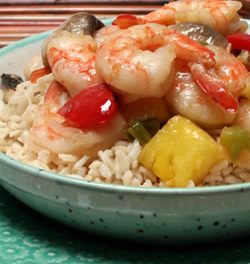Diabetes is very common among American Indians and Alaska Natives. Sometimes it may seem like you are the only person with diabetes, but there are many people just like you who also have diabetes.
This collection of printable resources for health professionals, caregivers and American Indian and Alaska Native Peoples living with diabetes address the issues that often accompany diabetes.
These resources also address several psychosocial issues, including depression, self-esteem, anger, and substance use and many tribal nations are represented.

Living a Balanced Life with Diabetes: Tips for American Indian/Alaska Native Teens
- Living a Balanced Life with Diabetes: Tips for American Indian/Alaska Native Teens
- Denial and Being Well with Diabetes
- What Does Anger Have to Do With Weight Loss?
- Grief and Getting Fit: Dealing with One Comes Before Doing the Other
- How to Take the Doom and Gloom Out of Diabetes
Fact and Tip Sheets
- Resources to Help a Loved One Deal with Diabetes
- Tips for Taking Care of Yourself
- Tips for American Indian / Alaska Native Teens
- Help for Tobacco and Alcohol Users
- Dealing with Stress and Making Healthy Food Choices
Checklists
Guides
- Indian Health Diabetes Best Practice: Depression Care
- Resource Materials for American Indian and Alaska Native Peoples











